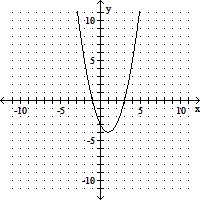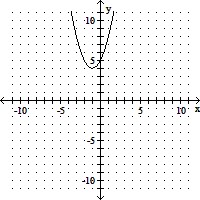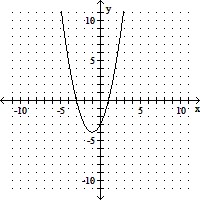Use the Principle of Mathematical Induction to show that the statement is true for all natural numbers n.6 + 12 + 18 + ... + 6n = 3n(n + 1)
What will be an ideal response?
First we show that the statement is true when n = 1.
For n = 1, we get 6 = 3(1)(1 + 1) = 6.
This is a true statement and Condition I is satisfied.
Next, we assume the statement holds for some k. That is,
 is true for some positive integer k.
is true for some positive integer k.
We need to show that the statement holds for k + 1. That is, we need to show that

So we assume that  is true and add the next term,
is true and add the next term,  to both sides of the equation.
to both sides of the equation.
6 + 12 + 18 + ... + 6k + 6(k + 1) = 3k(k + 1) + 6(k + 1)
= (k + 1)(3k + 6)
= 3(k + 1)(k + 2)
Condition II is satisfied. As a result, the statement is true for all natural numbers n.
You might also like to view...
Use a calculator to find the acute angle between the planes to the nearest thousandth of a radian.2x - 8y + 9z = -5 and -6x - 9y + 3z = 4
A. 1.549 rad B. 0.883 rad C. 0.627 rad D. 0.688 rad
Jadwiga determined that the cost of a box of 1000 tongue depressors is $4.85 at TMJ Medical Supply. This cost represents a 2% increase in the price. What was the original price per box before the increase?
A. $4.75 B. $0.10 C. $4.80 D. $4.95
Solve.How many cubic yards of concrete are needed to pour a concrete slab 24 feet long, 14 feet wide and 8 inches thick? Round to the nearest tenth.
Fill in the blank(s) with the appropriate word(s).
Sketch by hand the graph of the function. Give the coordinates for the vertex.y = x2 - 2x + 5
A. vertex: (1, -4)
B. vertex: (-1, 4)
C. vertex: (-1, -4)
D. vertex: (1, 4)